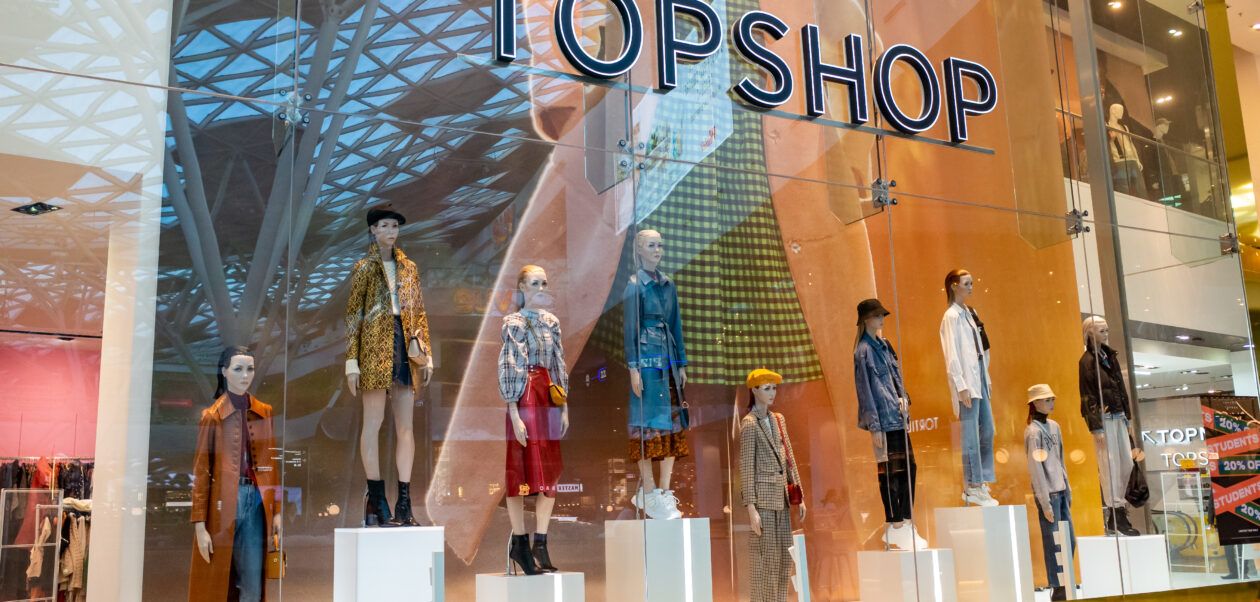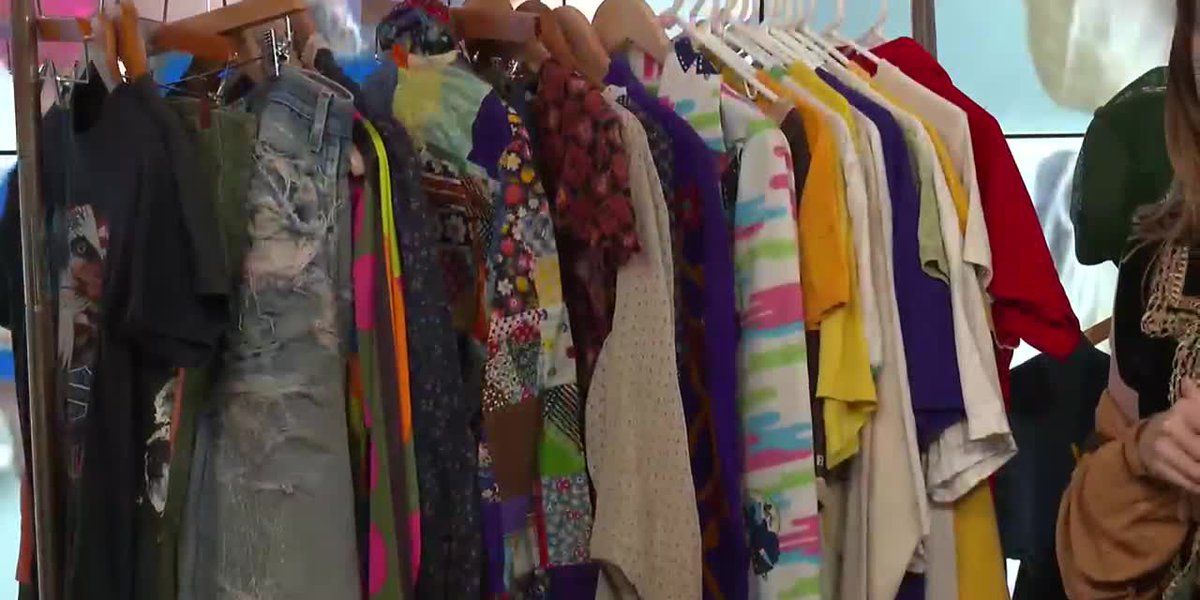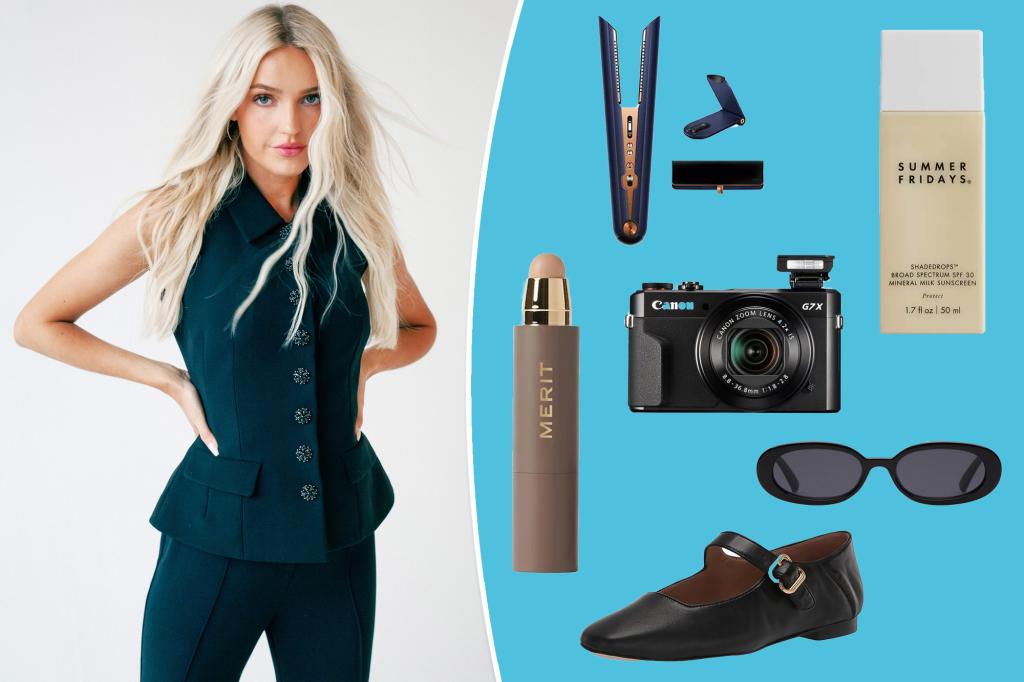
As Topshop is rumoured to be sold off for the second time since 2021, Sheena Sauvaire, who spent 12 years at the retailer, most recently as global marketing and communications director until 2018, tells Drapers what she envisions for the former high street staple.
The success of Topshop was the triangulation of creativity, culture and commerce. A key part of it was the community and experience created within the stores and the platform of support that it gave to emerging fashion design talent of the late 2000s and early 2010s. This included London Fashion Week designers Simone Rocha, JW Anderson and Christopher Kane, alongside Topshop’s own on-schedule show at London Fashion Week for its contemporary line Topshop Unique – a breakthrough for a high street brand to be showing alongside designer brands.
Whichever business acquires Topshop needs either a track record of building and growing successful brands, or to be an astute investment or venture capital firm which will hire the right talent to do so.
As an online pureplayer, Asos did not have the brand-building skills necessary to achieve this and was only delivering the functional transaction of selling Topshop clothes on its platform, leaving the emotional transaction of the brand void.
In order to fulfil the authenticity of the brand experience, Topshop needs to have some physical stores, which at the time of the brand’s heyday were considered by young shoppers as a fashion Disneyland – equipped with a full range of footwear, clothing and accessories from its own brand as well as alongside small businesses scouted from Portobello Road Market and Instagram alike.
Topshop was ahead of its time on the circularity front, offering pre-loved fashion since 2000 and fashion rental since 2008 in its Oxford Circus flagship, which hosted a range of in-store experiences: nail, hair and piercing salons, virtual reality fashion shows, live interactive music performances, creative workshops, digital photobooths and pop-up food stalls.
Advertisement
Fashion retailers tend to forget that young consumers are not just online shoppers. Similar to Topshop’s consumers of 1990s, 2000s and 2010s, today’s younger generations connect with physical experiences [as evident in Drapers’ latest Gen Z and Millennials Report, which surveyed 2,000 young consumers and found that the proportion listing physical bricks-and-mortar stores as their number one shopping channel increased from 39% in 2022 to 53% this year].
Despite being an affordable and accessible high street brand, everything about Topshop’s product, marketing and experience was more elevated than its high street competitors [which at the time included Zara and H&M].
Authentic Brands Group (ABG), the owner of Ted Baker, Reebok and Hunter, has been tipped as a prospective buyer. However ABG’s expertise lies in licensing out the manufacturing and design of acquired brands, which will not help Topshop reignite the cult following it once had, placing it in the vault of other forgotten 2000s brands including ABG-owned Barneys New York and Forever 21.
Frasers Group would be a better-suited owner than ABG due to its experience in contemporary premium and luxury fashion retail through Flannels. An even better candidate for Topshop’s new owner would be luxury department store Selfridges. As counter-intuitive as it may sound, being part of the Selfridges Group would be a beneficial partnership for both parties. For Topshop, this would mean being part of a business that has a pin-point focus on product curation, sustainability and extraordinary customer experiences through an omnichannel lens. And for Selfridges, Topshop can be their pipeline of next generation luxury fans and aspirational shoppers.
Topshop today I believe needs to have an evolved proposition and point of view in order to cater to a new generation of consumers with stronger values regarding social justice, diversity, equity and inclusion as well sustainability, amid a different cultural landscape.
Advertisement
What is essential is that the energy and bravery that made Topshop successful in the noughties needs to be injected back into the brand, along with a new playbook for it to be a relevant, successful and sustainable business today.




